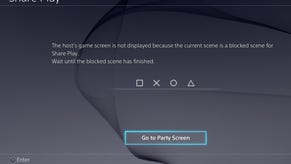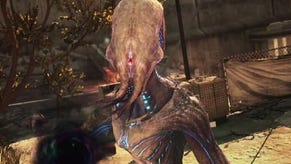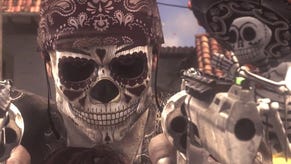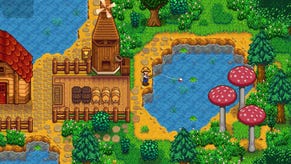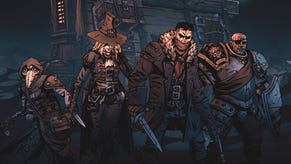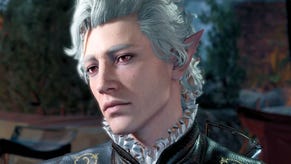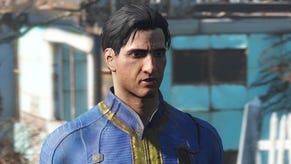What's the difference between current-gen and next-gen Call of Duty: Ghosts?
Dynamic lighting and displacement mapping, that's what.
Infinity Ward has said the difference in terms of visuals between the current-gen and next-gen versions of Call of Duty: Ghosts will be clear for all to see.
Executive producer Mark Rubin told Eurogamer the next-gen exclusive features that will have the most impact are dynamic lighting and displacement mapping.
"It's actually pretty pronounced," Rubin said of the graphical difference between the versions.
"One of the most obvious features next-gen has that current-gen doesn't have is dynamic lighting. You get really cool lighting on next-gen that you don't get anywhere near on current-gen.
"The coolest is... and every time I just catch a glimpse of it I'm like, wow, that looks so cool, is displacement mapping. On current-gen you'll walk by a brick wall and it'll be mostly flat and it'll just have a bump map or something. But on next-gen you can see the bricks, like, physically they're there. You see that geometry and it looks so good.
"It boils down to two things: geometry and lighting. Those two things are going to be significantly better on next-gen than they will on current-gen."
"It boils down to two things: geometry and lighting. Those two things are going to be significantly better on next-gen than they will on current-gen."
Infinity Ward executive producer Mark Rubin
Infinity Ward announced Ghosts earlier this year for PC, PlayStation 4, Xbox One, PlayStation 3, Xbox 360 and Wii U.
The game is built on a new engine, according to publisher Activision, although just how new it is remains unclear.
Call of Duty developers have for some time now sacrificed some advanced graphical effects in order to achieve 60 frames per second visuals across all versions of the shooter.
Some have said Call of Duty has fallen behind rival shooters in the graphics department, but Rubin insisted it remains competitive, and pointed to the Call of Duty "moments" experienced by players.
"I've always thought it was one of the best-looking games out there. I've seen that comment many times before.
"The main thing is we've never really tried to showcase it in games. You're playing through a match and we don't try to do that obligatory, oh look, perfect scene with god rays. It's always been more about the moments.
"I'll go back to Modern Warfare 3, where you start underwater, swim up to the sub, blow the fins off and have it surface, and then drop down into the sub and fight through the sub. That idea of letting you do all that kind of stuff has always been more of our focus.
"At the same time, even for current-gen it's pretty up there on a level of graphic quality. And Ghosts will be even better-looking than previous games on current-gen, not just next-gen."
"Even though we're 60fps and it's always about the gameplay, we also have a sense of visual density. When you're looking down a hallway there's garbage on the floor and there's stuff dripping down the wall."
Rubin further discussed Infinity Ward's approach to graphics with the Call of Duty series, saying "visual density" was what set it apart from other shooters.
"If I go back to interviews from COD4 days, someone asked, 'How are you 60fps and yet you still look like the best game out there?'" Rubin said.
"I thought about what that meant, and I chalked it up to visual density. Even though we're 60fps and it's always about the gameplay, we also have a sense of visual density. When you're looking down a hallway there's garbage on the floor and there's stuff dripping down the wall.
"Our art director is famous for this: he says, 'You need more dirt.' This needs to be much more weathered and grungy. He's always pushing for that in everything, whether it's characters or environments.
"I'm looking at this world and I'm looking at all the little bottles and cans and stuff on the ground and all the dust and particles, and I'm thinking, in this scene where on other games I've seen just have clean hallways, we have all of this stuff in that hallway, and there's a greater visual density. There are more things going on on screen than in most games.
"We really do from an art standpoint put a lot into the scene at any given time."






